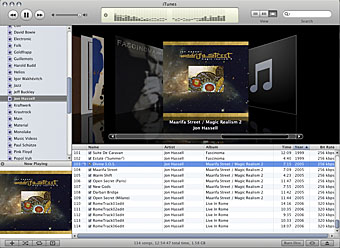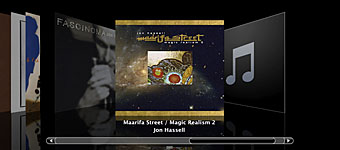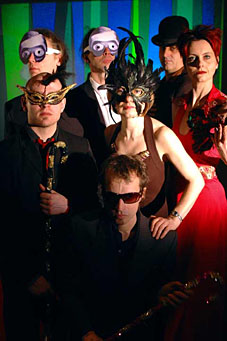 Electric light orchestra
Electric light orchestra
Light bulbs. Biscuits. A 10,000-volt charge. The only thing you won’t find making music at a Photophonic Experiment gig is guitars and pianos, says Maddy Costa.
Maddy Costa
Friday, October 20, 2006
The Guardian
Ceinws in north Wales is the kind of tiny, bucolic town where nothing unusual is supposed to happen. And possibly it didn’t before Mark Anderson moved in. A sound-artist, instrument-maker and pyrotechnic with the performance group Blissbody, he has a workshop opposite the village pub that appears perfectly innocent from the outside, but inside could pass for a laboratory from a Frankenstein movie. Glass tubes and dangerous-looking electrical contraptions clutter the floor. Wires coil across a table. A standing lamp looms in the corner. “Watch this,” says Anderson, as excited as a five-year-old setting fire to a box of tissues. He points a mysterious black cone at the lamp and turns a dimmer switch to activate the bulb. Slowly, the lamp illuminates, and a sound fills the room: a low buzz at first, but growing painfully high-pitched as the light reaches full brightness. This really is white noise.
Remarkably, what Anderson is demonstrating isn’t an instrument of torture but a “photo-synth”, a device that converts light into sound. It’s a key element of the Photophonic Experiment, a bizarre, potentially fascinating collaboration between Anderson and like-minded musicians Pram and Kirsten Reynolds that tours the UK from next week. And if the people of Ceinws think Anderson is odd, they should hear what his associates get up to.
Continue reading “The Photophonic Experiment”

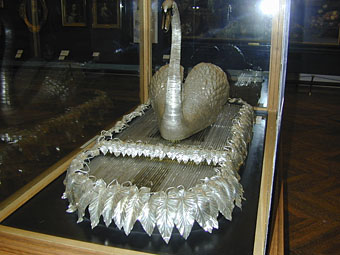
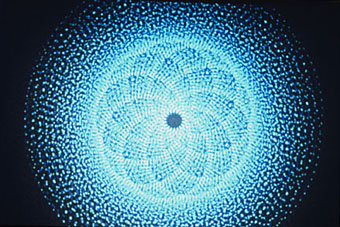
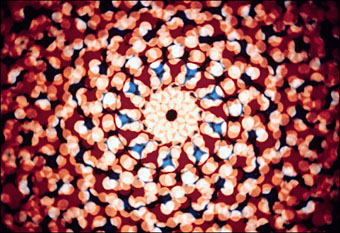

 Electric light orchestra
Electric light orchestra